Saint of the Day – 3 March – Blessed Innocento of Berzo OFM Cap. (1844-1890) Priest, Friar of the Friars Minor of the Capuchins, Born on 19 March 1844 at Niardo, Brescia, Italy as Giovanni Scalvinoni and died on 3 March 1890 at Bergamo, Italy from influenza. Patronages – of children, Berzo Inferiore, Italy. Also known as – Giovanni Scalvinoni, Innocent, Innocenzo. Additional Memorial – 28 September (Capuchins), the Sunday after the Pardon of Assisi , that is the Sunday after 2 August at his Annunziata Convent.
Among the votive offerings preserved in the humble birthplace of Blessed Innocento in Berzo, now transformed into a Museum, there is a fragment of rope in memory of a miracle which occurred in the 1920s. A mountaineer, during a climb, fell into a crevice and, having no-one to help him, asked for the intervention of the humble Capuchin Friar, to whom he was devoted. A rope came from above while the movements to climb the cliff were suggested to him but, once he reached the top, he was astonished to see that no-one was waiting for him.
Giovanni Scalvinoni was born in Niardo (Brescia), his mother’s hometown, on 19 March 1844. A few months later a terrible disaster suddenly struck the young family. His father, in just two days, died of pneumonia. Giovannino spent his childhood simply — making the strong faith of the mountain people his own. From an early age he had great pity for the poor, generously giving what little he had to those who knocked on his door. He woulf retain this deeply experienced compassion throughout his life — when, as a Capuchin, he went around collecting alms, he was extremely satisfied to return to the Convent with an empty bag. That which he had received as an offering, he had immediately distributed to those in even more need than the Friars of the Convent.
He studied with excellent results in the Municipal College of Lovere (Bergamo) and from there, he moved onto the Seminary of Brescia, where he imposed a demanding spiritual disciplineupon himself. Giovanni was Ordained a Priest in 1867. Thereafter, he held various positions, including that of Vice Rector of the Seminary but each time he was removed because he absolutely lacked authority. His innate shyness led him to desire to live in solitude, between prayers and penances. On 16 April 1874 he finally began his Novitiate among the Capuchins, taking the name Innocento, at the Annunziata Convent. Four years later he made his Solemn Profession and was appointed Assistant Master of Novices.
Except for brief assignments and the preaching of spiritual exercises in some Lombard Convents, it was in the Annunziata Convent where he intensely experienced total abandonment to the Lord. Despite his excellent knowledge of theology, also passed onto his brothers, he always appeared humble and modest, with the desire to disappear and never be noticed. In love with the Eucharist (his Masses were of exceptional intensity), he stopped as much as he could in front of the Tabernacle. He loved the Crucifix very much too and the exercise of theWay of the Cross which he always recommended to his penitents.
On 3 March 1890, at the age of forty-six, he fell seriously ill and died in the Infirmary of the Convent in Bergamo. A few months later his mortal remains were solemnly transferred to Berzo. A reputation for sanctity had already surrounded him in life. On 21 March 1943 Innocento was venerated by Pope Pius XII by a Decree of Heroic Virtue and on 12 November 1961, John XXIII proclaimed him Blessed and Patron of children, protagonists of the two miracles of the recorded for his Beatification process.
His writings (a few letters, diary fragments, notes for sermons), collected in a thousand pages, reveal the disarming secret of his sanctity — the unconditional abandonment in the arms of the Father. “Jesus is offended by everyone in the world — it is up to me not to leave Him alone in His affliction. The love of God does not consist in great feelings but in great nakedness and patience, for the beloved God. There is no other better means to guard the spirit, than to suffer, do and remain silent. I will have a great desire to be subject to everyone and I will have a horror of being preferred to the least.”
A path which leads to the Annunziata Convent, which he followed many times to reach various locations in Valcamonica, where he was sought as a Confessor and Preacher, is today named after him. From his cell, a destination for continuous pilgrimages, a small window allows you to contemplate the enchanting landscape of the lower valley, Lake Iseo and his native town of Berzo.
The Order of Friars Minor Capuchin commemorates his Feast on 28 September, while in the Sanctuary of the Santissima Annunziata, the Convent where the Blessed lived, the Feast is on the Sunday after the Pardon of Assisi (after 2 August).


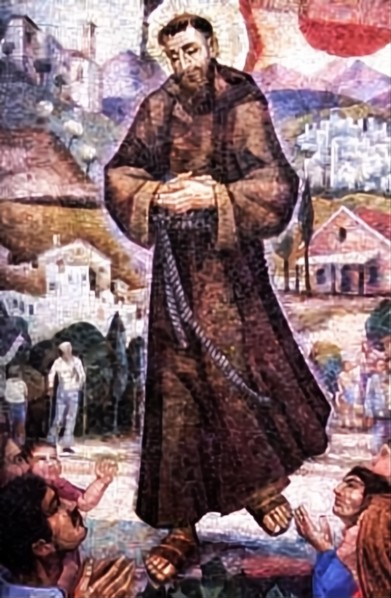




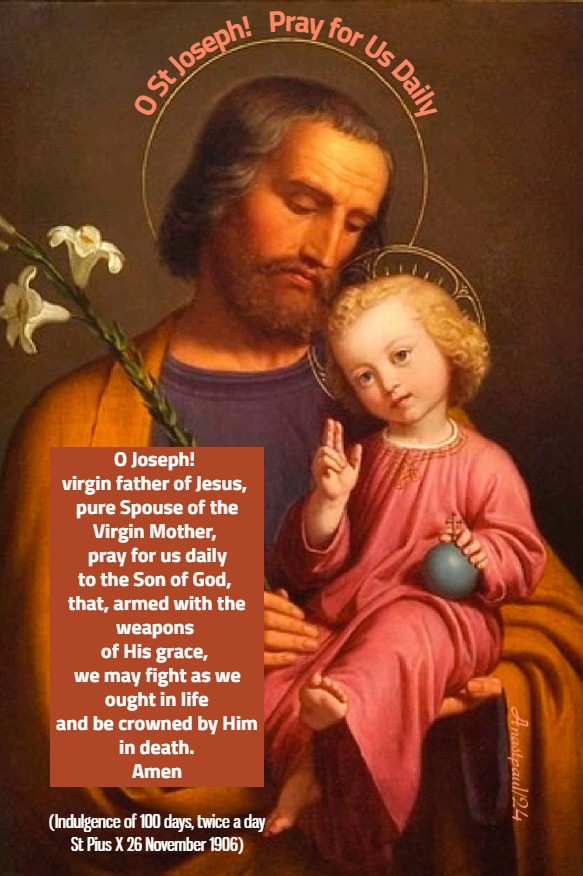





















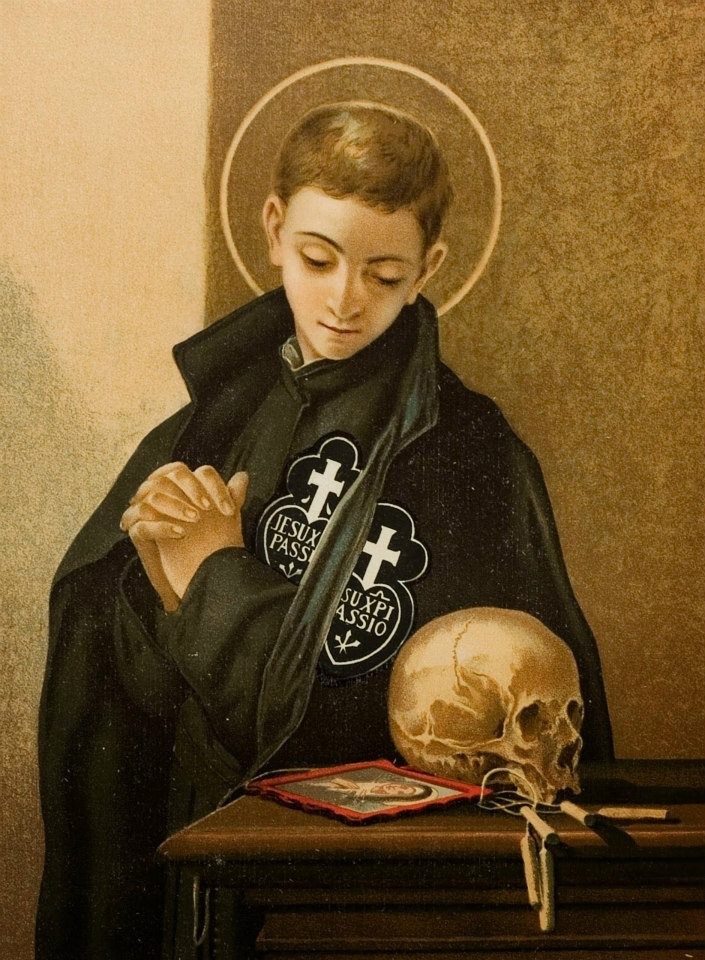






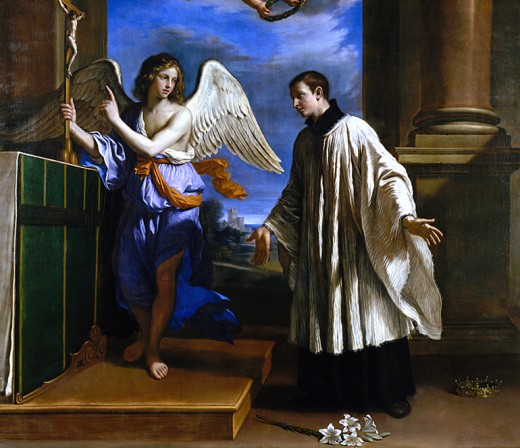


























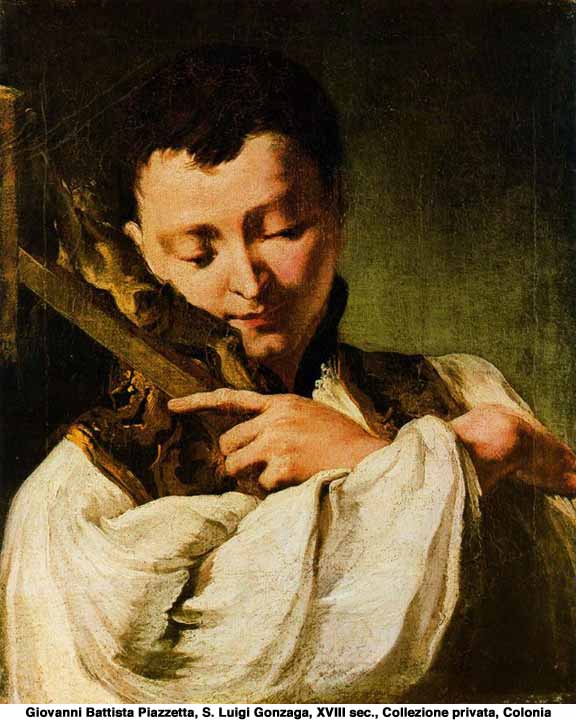


















You must be logged in to post a comment.